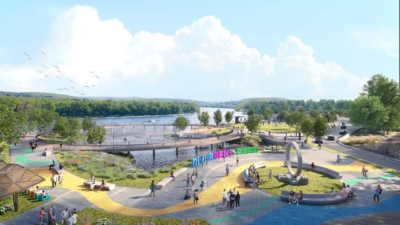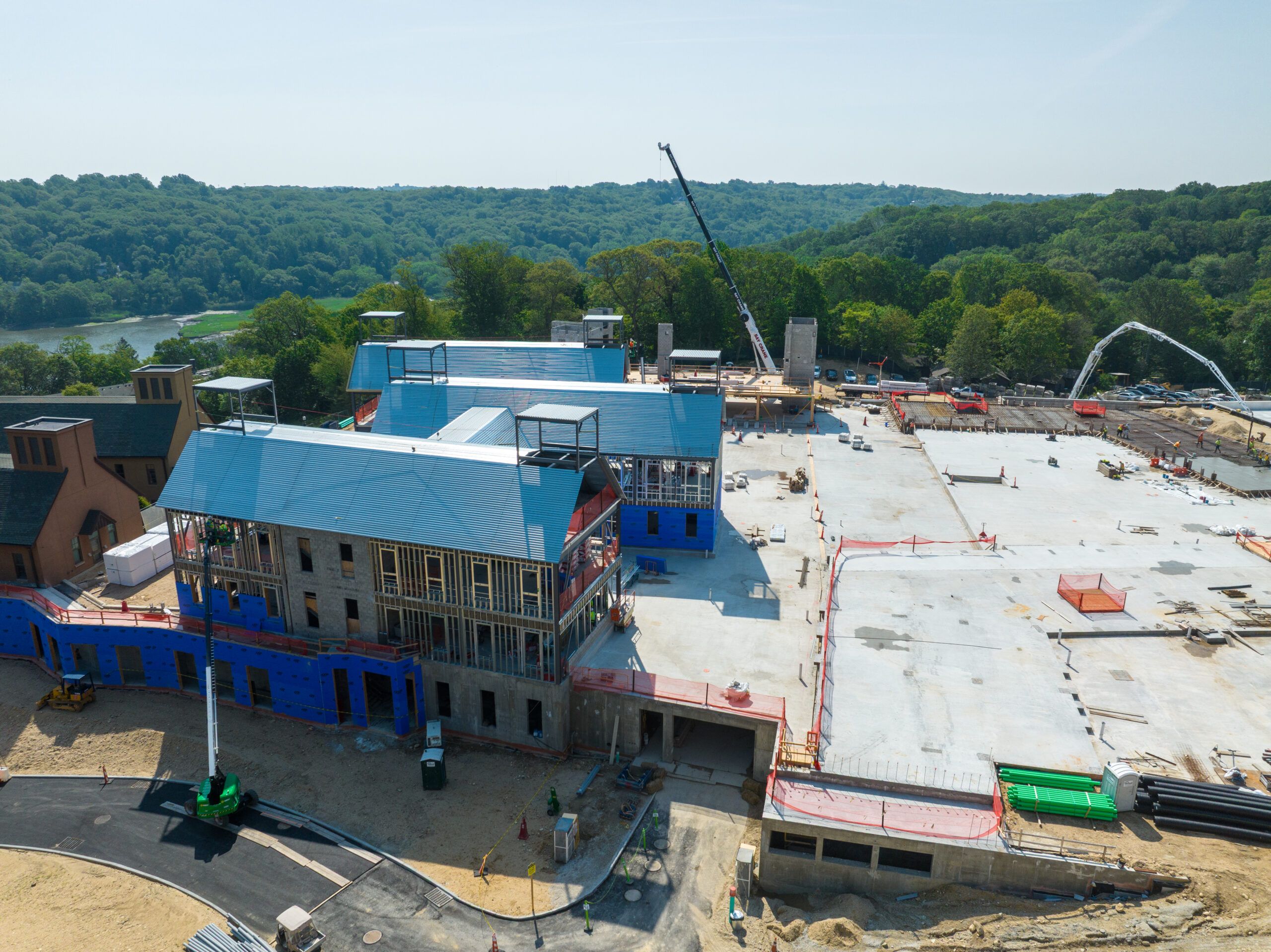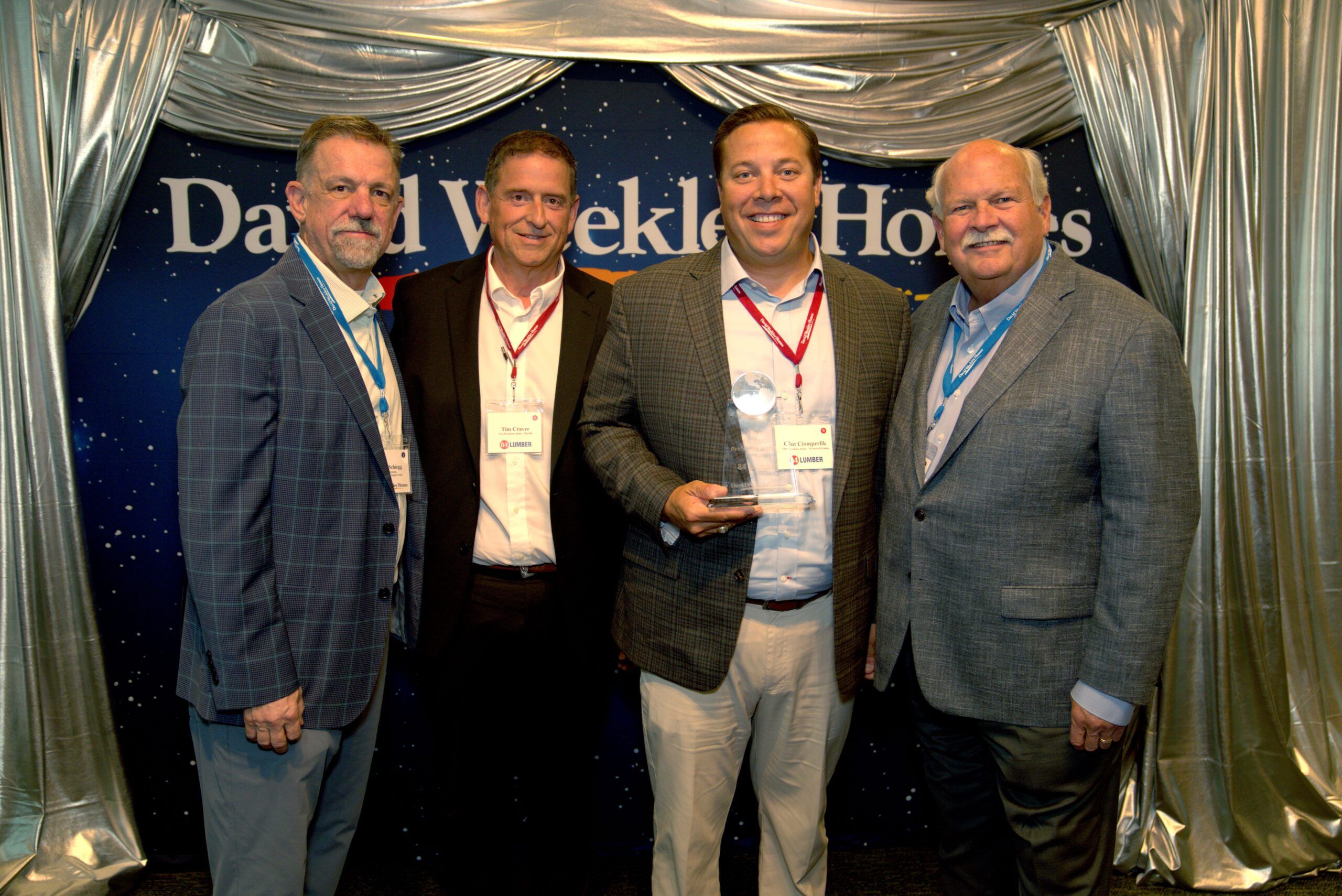With his wide array of project work and involvement with diverse community stakeholders from Los Angeles County to Queens, Austin can illuminate some of the most important opportunities and challenges influencing the push for equitable solutions in today’s metropolitan regions. According to Austin, who also recently served as the Los Angeles equity director for the American Planning Association (APA), these considerations include:
1. Translating broad equity goals into real outcomes.
“In striving to help advise on how communities can advance equitable outcomes, local leaders often want to solve every challenge at once,” says Austin. “But the first step is to define and prioritize the actual needs and objectives. Planners play a crucial advisory role in this process, by helping stakeholders understand the holistic set of policy, land use, and design decisions involved in reaching their goals.”
2. Public health as a crucial focus for planners and urban designers.
“Because the built environment plays such a powerful role in health outcomes, the planning profession needs to embrace public health imperatives more explicitly as part of any effort to improve equitable outcomes,” argues Austin, whose recent work includes the Grand Connection Pedestrian Initiative, a large-scale plan to improve walkability in downtown Bellevue, Washington.

Photo Courtesy: Cooper Robertson
As one strategy for prioritizing public health, he encourages public officials, real estate leaders, and other stakeholders to think beyond the impact of single projects — for instance, by framing transit-focused growth as about creating “equitable transit-oriented communities” rather than simply standalone transit-oriented developments, or TODs. “Thinking holistically at the community level helps to support health and equity outcomes for all of the people who live somewhere now and in the future.”
3. The role of emerging technologies in equitable communities.
“Augmented reality and other emerging technologies have vast implications for equity in the built environment,” says Austin, who is currently producing a research paper on applications of augmented reality, or AR. He notes that these innovations have the potential to improve how people in different settings navigate and experience the world around them — for instance, in recent museum exhibits that use AR to build empathy and connection with a place or time in history.












